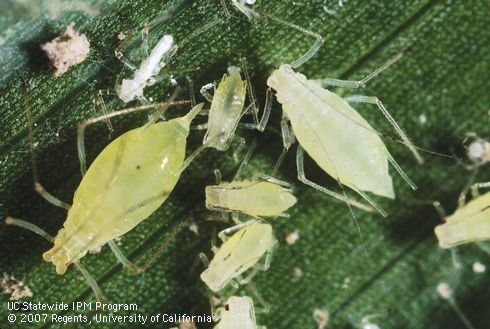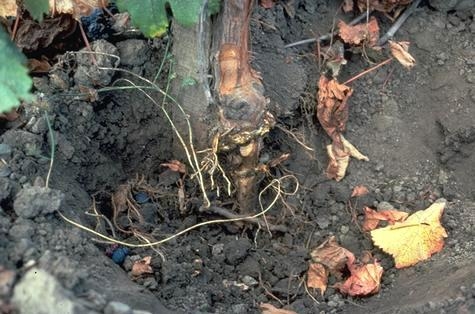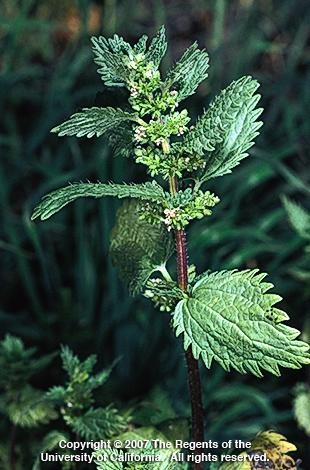As spring unfolds its vibrant tapestry, so too emerges an array of garden pests threatening to disrupt the harmony. From insidious weeds to pesky insects and lurking diseases, our green sanctuaries face a seasonal onslaught. Lets look at three of the challenges you might find in the garden this season.
Wingless adults and nymphs of the potato aphid.
Aphids are small plant-sucking, soft-bodied true bugs. They come in many sizes, shapes and colors (green, black, yellow, brown, and red) and are a common insect in the garden. They attack many vegetable plants, fruit trees, and ornamental vegetation. They are commonly found on roses in the spring. You can usually determine whether aphids are infesting your plants by noting curled, distorted leaves with sticky honeydew on them. Aphids excrete copious amounts of honeydew, rich in sugars. Ants will also be noticeable because they feed on the sweet honeydew. Honeydew encourages growth of sooty mold fungus – a black film on leaf surfaces. Aside from the damage aphids can do to a plant's appearance, aphids can transmit viruses from infected plants to healthy plants. In fact, aphids are the most important vectors of plant viruses, which they carry on their stylets or accumulate in their guts and transmit via their piercing and sucking mouthparts when they feed on young leaves and stems. If the infestation of aphids is low to moderate, they can usually be tolerated. Control aphids by hosing them off with jets of water or use soap solution or oil sprays. Naturally occurring predators such as lady beetles (adults and larvae), soldier beetles, lacewing, and syrphid fly larvae and parasitic wasps, also serve to control aphids. However, the ability of predators and parasites to control them can be thwarted by ants protecting their food source. Therefore, ants need to be excluded from aphid colonies by applying sticky material such as Tanglefoot to the bases of infested plants. Click here to view aphid-eating insects in action. For additional information see: IPM Aphid Pest Note
Trunk damaged by Phytophthora crown rot, Phytophthora root rot. Credit: Amand N. Kasimatis
Burning nettle, Urtica urens, flowering stem. Credit: Joseph M. DiTomaso


